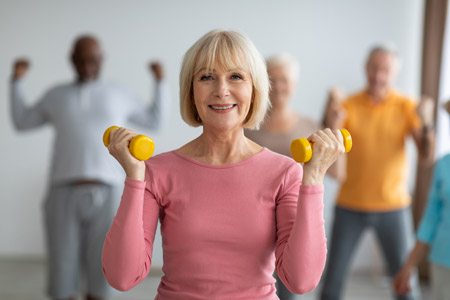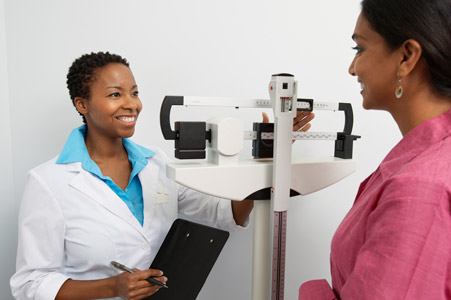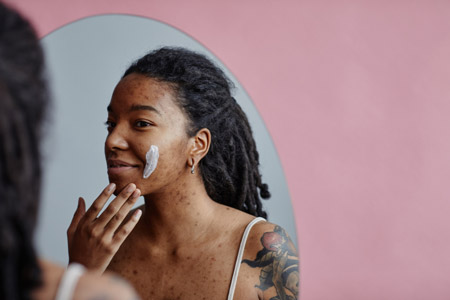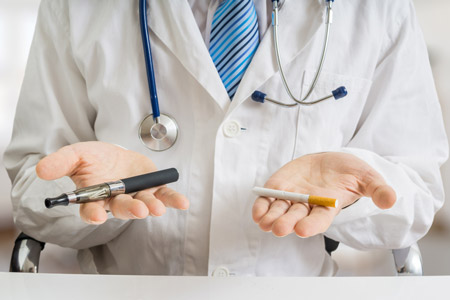


How to Protect Yourself from Heat Stroke
As temperatures soar this spring and summer and you spend more time outside, traveling to warm destinations, or in the sun, heat stroke may become a concern. While getting plenty of vitamin D and time outdoors has mental and physical benefits, it’s important to balance fun in the sun with safety.
The first step to preventing heat stroke is through education and awareness. Keep reading on to learn what heat stroke is, how to identify it in yourself or someone around you, and some useful prevention tips. Remember heat stroke is serious, if you think you or a family member is suffering from heat stroke, contact a medical professional or 911 immediately.
What is Heat Stroke?
Heat stroke occurs when your body overheats due to prolonged exposure to high temperatures or physical exertion in hot environments. It is a medical emergency that requires immediate attention. When your body can't cool down properly, your internal temperature rises rapidly, causing damage to vital organs.
Signs and Symptoms of Heat Stroke
Recognizing the signs and symptoms of heat stroke is crucial for seeking prompt medical assistance. Here are some common symptoms of heat stroke to watch out for if you’ve spent prolonged amounts of time outdoors (even on cloudy or overcast days that are warm):
- A high body temperature (above 103°F or 39.4°C)
- Rapid heartbeat and breathing
- A throbbing headache
- Dizziness and confusion
- Nausea and vomiting
- Red, hot, and dry skin with no sweat
- Muscle cramps or weakness
- Fainting or losing consciousness
Prevention Tips for Heat Stroke
Preventing heat stroke is key, especially during hot summer days or when engaging in strenuous activities. Follow these simple tips to protect yourself and your loved ones.
- Stay hydrated: Drink plenty of water and avoid sugary or alcoholic beverages as they can dehydrate you.
- Dress appropriately: Wear loose, lightweight, and light-colored clothing to help your body stay cool.
- Seek shade: When outdoors, find shade or create your own using umbrellas, hats, or sun-protective clothing.
- Time your activities: Avoid being outside during the hottest parts of the day, typically between 10 a.m. and 4 p.m.
- Take breaks: If you're engaged in physical activities, take regular breaks in a cool, shaded area to rest and cool down.
- Stay cool indoors: If possible, stay indoors in air-conditioned environments or use fans to circulate air.
- Consider medications: Certain medications can increase your sensitivity to heat, so consult your doctor for advice.
- Look out for others: Keep an eye on family, friends, and neighbors, especially the elderly, as they are more susceptible to heat-related illnesses.
What to Do If You Suspect Someone Has Heat Stroke
If you think that someone around you has heat stroke, it's very important to act quickly. This is an emergency so call for medical help or 911 immediately.
Move the person to a shaded or cool area, loosen their clothing, and remove any excess layers. Apply cool water or wet towels to their skin, especially on the neck, armpits, and groin areas to help them cool down. Encourage them to sip cool water if they are conscious and able to drink, and stay with the person until medical help arrives.
If you’re interested in learning more about heat stroke prevention or warning signs, reach out to your doctor or a trusted medical professional for more information.


.jpg)
.jpg)
.jpg)


















.jpg)





















.jpg)








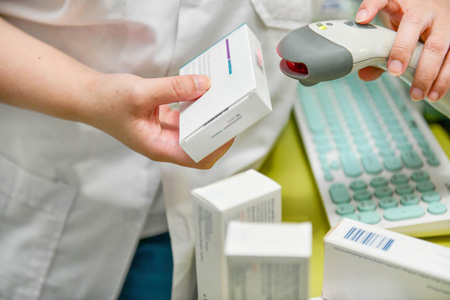






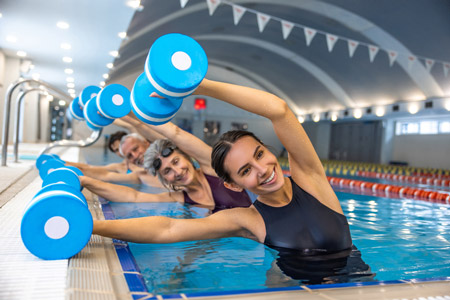
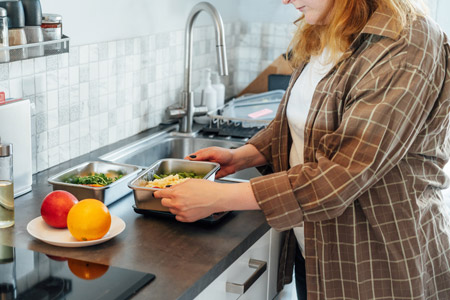
.jpg)

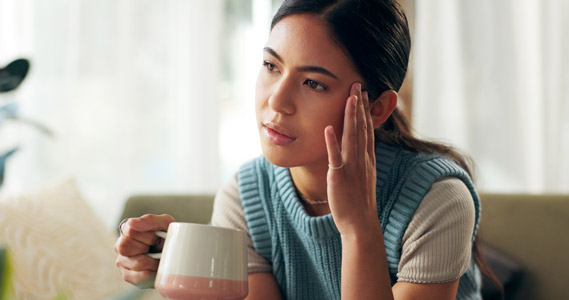

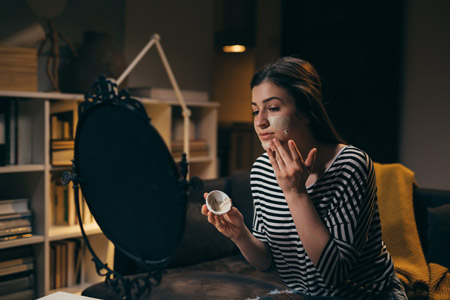


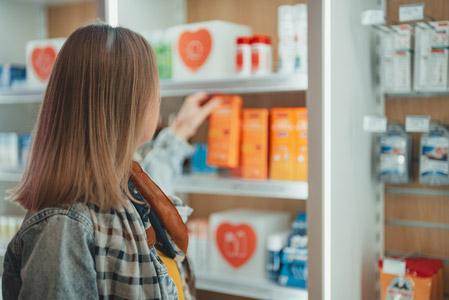



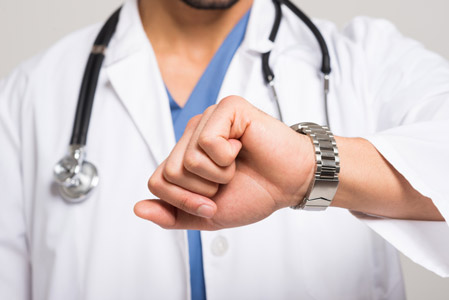


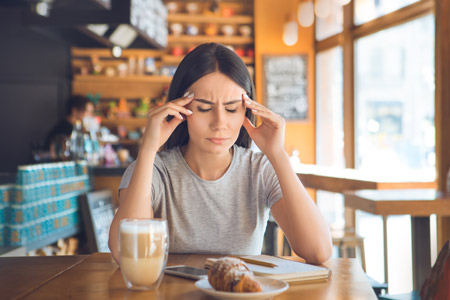


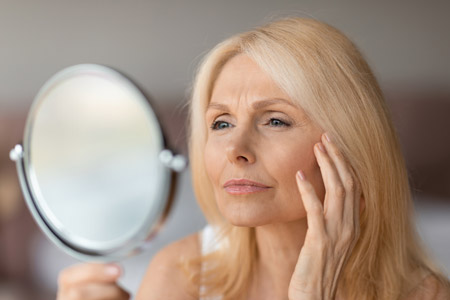

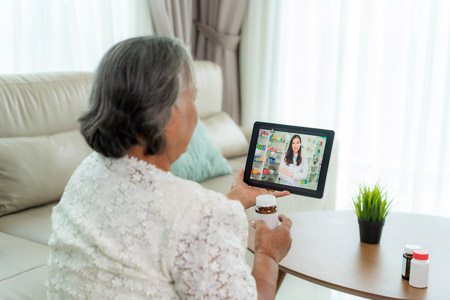



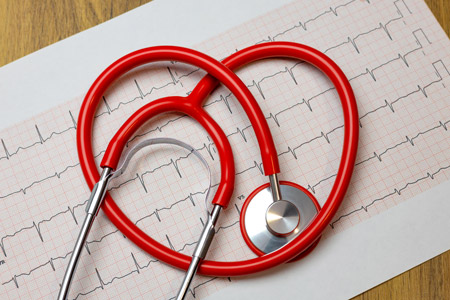



.jpg)
.jpg)
.jpg)

